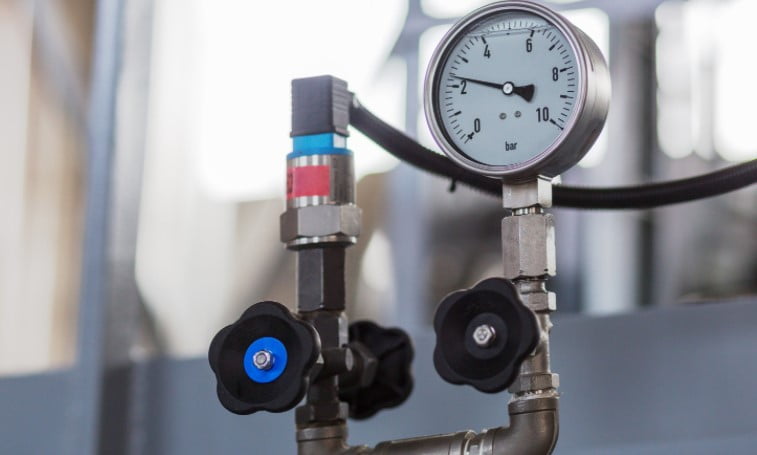A manometer is a device that is able to measure pressure as well as its variations across two points within the same system, referred to as differential pressure. Differential pressure is particularly crucial to the likes of weather forecasters and can also be used in the maintenance and fault detection of air conditioning, as well as being able to quickly detect gas leaks.
Manometers come in two forms, analog and digital, although the latter have dominated the market place in recent years. Digital manometers can gauge pressure anywhere and as handheld devices do not require surfaces in order to measure pressure accurately. They can also be interlaced very easily with computers, allowing for the easy recording of observations.
There are a number of tips that can help to ensure manometers are used accurately.
1. Backlight feature use
Pressure readings may sometimes be needed in environments that have poor lighting or in some cases may have no light at all. In order to be able to see the readings in circumstances such as this, some manometers come with a backlight feature that will see the screen light up for two minutes before it automatically turns off for the purpose of saving the battery. The manometer will need to be turned off before the backlight feature can be used and afterwards the power button should be continually held down for several seconds before the backlight turns on.
2. Installing new batteries
The installation of new batteries before making pressure readings is always a good idea when you are trying to get accurate results. Even new manometers that should have new batteries in them already may provide incorrect readings due to their batteries not being as good as they should be.
3. Compulsory zero adjustments
The zero toggle, also known sometimes as the restore toggle, ensures the display is brought back to null, which allows users to make certain that all potential discrepancies and errors are kept at bay.
4. Memory feature use
Manometer users may often need to record several different pressure readings in order to either observe a particular pattern or so they can review them later on. In order to solve this problem some manometers come with a memory that is capable of storing multiple pressure readings.
The number of pressure readings that have been saved will be shown by indicators on the manometer screen, and these readings can be saved by going into the device’s memory mode.
5. Static pressure measurement
A manometer can be used to measure static pressure. Positive pressure suggests pressure more than atmosphere while negative pressure implies the pressure is less than atmospheric pressure.
When static pressure measurement is necessary for circumstances where the flow is fairly stable and uniform, it is possible to make use of insertion tubes.
There are many excellent manometers on the market that are available at reasonable prices. All users have to do is follow the above tips in order to make the best and the most accurate use of their devices.

